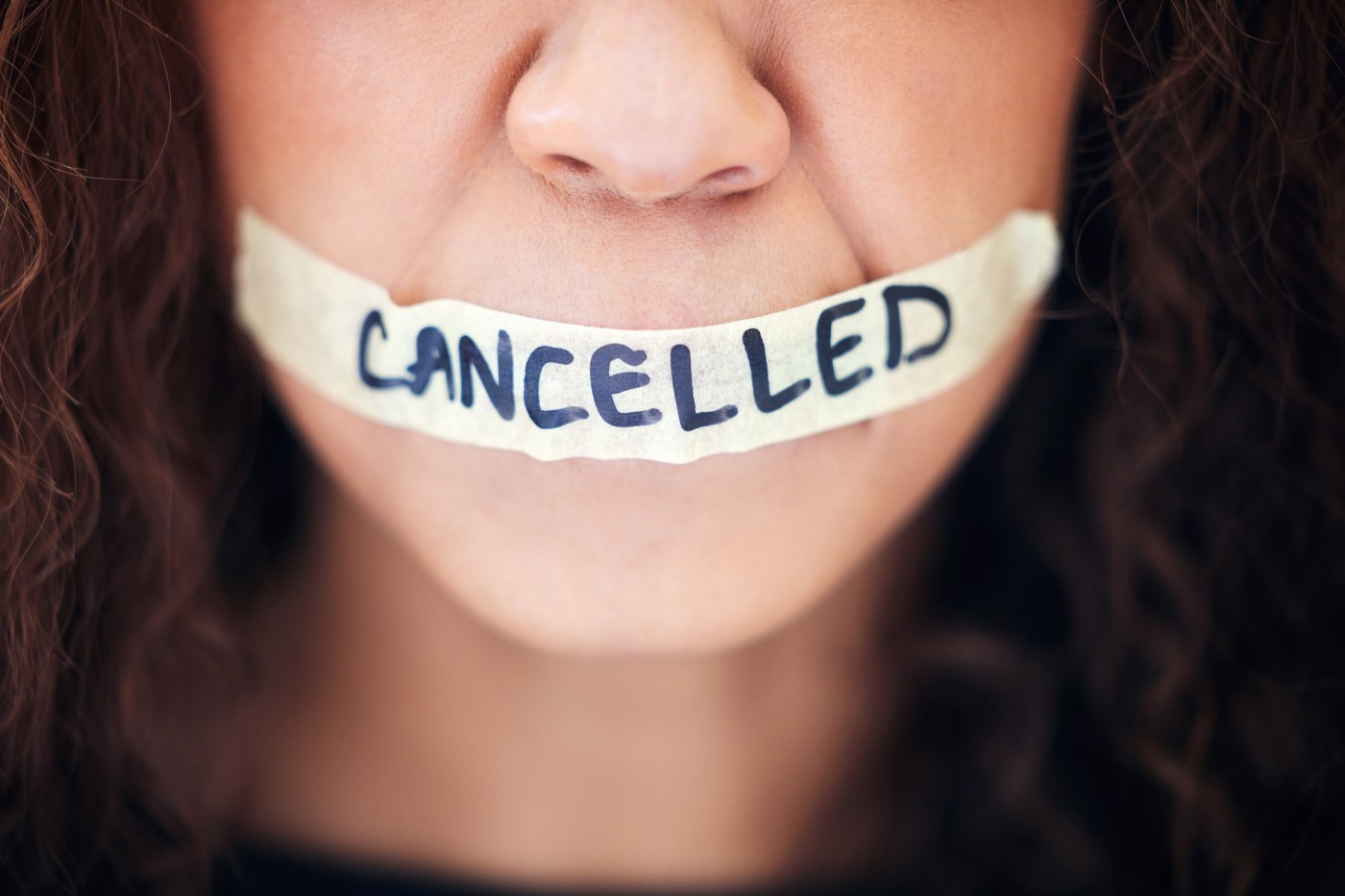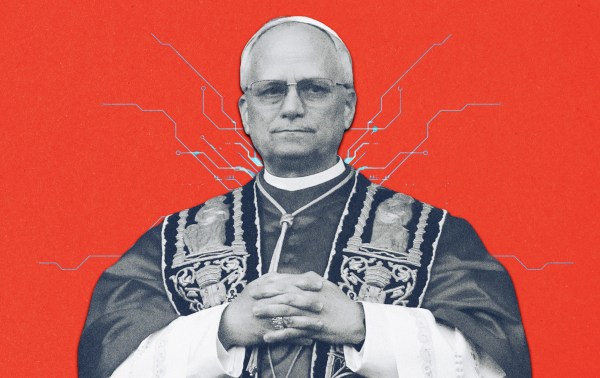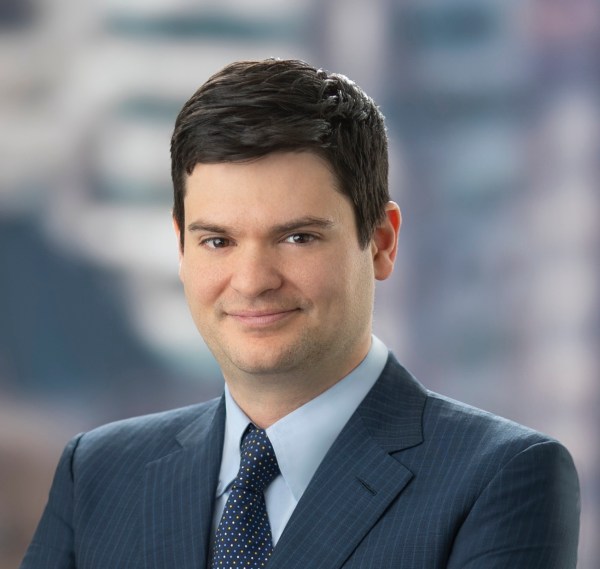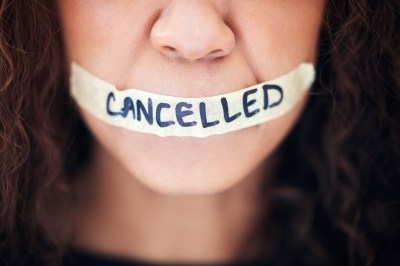When the largest publisher in the country, Penguin Random House, acquired Supreme Court Justice Amy Coney Barrett’s forthcoming book, hundreds of industry professionals urged it to reconsider. But it didn’t. In fact Sentinel—the branch of Penguin that will publish Barrett’s book—competes with similar imprints at other major publishers, all of which disseminate conservative titles. Take one example: An imprint of Simon & Schuster, one of Penguin’s main competitors, recently published Mark Levin’s The Democratic Party Hates America, which became an instant New York Times bestseller.
The fact is that major publishers experience dual pressure to honor grievances and to publish moneymaking books, regardless of who’s aggrieved. This doesn’t suggest that the publishing business has “been taken over by Cancel Culture.” Yet Greg Lukianoff, president of the Foundation for Individual Rights and Expression (FIRE), and Rikki Schlott, a journalist and former FIRE research fellow, draw that conclusion in their new book, The Canceling of the American Mind.
The publishing industry is a relatively small part of Lukianoff and Schlott’s diagnosis of cancel culture across sectors—from K-12 education through corporate America—but it’s a characteristic one. They are activists for a free speech culture, in which “we are trusted to come to the right conclusion without being saved from ourselves,” against a prevalent cancel culture that uses “cheap rhetorical tactics to ‘win’ arguments.” But activists for free speech remain activists, and Lukianoff and Schlott fight to secure the public mind against opponents who endanger that freedom. Their aversion to cheap rhetoric explains why Lukianoff and Schlott sometimes offer evidence against themselves. The urgency of their fight explains why they don’t grapple enough with such evidence.
In Part 1 of Canceling, Lukianoff and Schlott define cancel culture and explain its harmful effects against those who deny it exists or minimize its importance. But while they offer a brief history of how free speech norms crumbled, their definition of cancel culture is often too present-minded. They define cancel culture as “the uptick beginning around 2014, and accelerating in 2017 and after, of campaigns to get people fired, disinvited, deplatformed, or otherwise punished.” They also describe the resulting “climate of fear and conformity.” Lukianoff and Schlott choose 2014 because “something big changed in American society” around then. It was “as if a flock of demons was unleashed upon the world, and the first place they flocked was American college campuses,” in the words of social psychologist Jonathan Haidt, who wrote the book’s foreword.*
Their definition of cancel culture has a clear advantage over others: One can measure an “uptick.” But it also has two main disadvantages.
First, cancel culture is presumably not the uptick itself but rather whatever caused it. Consider the case of Will Wilkinson, fired from a think tank in 2021 after he flippantly tweeted, “If Biden really wanted unity, he’d lynch Mike Pence.” But here’s the twist: Wilkinson denies cancel culture exists, which mystifies Lukianoff and Schlott. To them Wilkinson demonstrates “willful blindness,” and, despite their aversion to rhetorical games, they all but call him a denialist without addressing his argument.
Wilkinson doesn’t think that his termination over a joke proves the existence of a phenomenon—cancel culture—that lumps together his firing with, say, the firing of a conservative radio host for criticizing Donald Trump, or the firing of a professor for criticizing her college’s COVID policy. To define cancel culture as a mere uptick is to paint those who question cancel culture as uptick deniers. But the debate over cancel culture is often less about whether some kinds of speech are more subject to punishment than they once were than about why the standards for what’s punishable have evolved the way they have.
Second, I doubt that cancel culture, however defined, landed at colleges in 2014 and spread from there. It can be true that an uptick began then, but a definition that doesn’t try to explain why leaves something to be desired.
Agreed, professors and their theories have helped to encourage left-wing suspicion of free speech norms. But Lukianoff and Schlott offer no theory for why a phenomenon that began quite suddenly among 18-to-21-year-olds in 2014 influenced major cultural institutions so rapidly. It seems at least as likely that colleges and universities were swept up in broader American trends. One is the “Great Awokening,” a sharp shift left among white liberals on race. Another is increasing political polarization and animosity, which might explain why the ever-present urge to censor one’s enemies is now so powerful on both the right and the left.
Though the debate over cancel culture is not always about its existence and scope, its existence and scope are often denied by many. And Lukianoff and Schlott succeed in refuting those who find nothing to worry about in left-wing or right-wing efforts to shut down dissenting speech.
It is bizarre and worrying that the editor-in-chief of the Journal of the American Medical Association (JAMA) resigned after being suspended because, on a JAMA podcast, a different editor doubted the usefulness of the term, “structural racism.” It is deeply troubling that, at the University of California, Berkeley, “during a search for faculty in the life sciences department, 76 percent of applicants were eliminated solely on the basis” of statements designed to gauge their commitment to diversity, equity, and inclusion. And it is at least as troubling that red-state legislatures seek to drive disfavored ideas out of university classrooms. Lukianoff and Schlott document numerous examples and trends of this sort, some of which beggar belief until one checks the footnotes and can’t help but believe.
But even where Lukianoff and Schlott are at their strongest, they can be more pugilistic than philosophical. Suppose that, as they argue, cancel culture has reached an “unprecedented scale.” Suppose we ran a survey to measure concern about losing jobs or job opportunities over political speech? What percentage would we expect to be more than “worried a little”?
I would expect that number to be considerably bigger than the 10 percent the CATO Institute found in 2020. Lukianoff and Schlott report the same result this way: “Thirty-two percent worried they could miss out on job opportunities or get fired if their political views became known.” That’s accurate because about 22 percent were “worried a little.” But it is equally accurate to report that 90 percent were no more than a little worried. Based on these ambiguous results, are we dealing with a problem or a five-alarm fire? Confronted with such ambiguity, Lukianoff and Schlott nearly always choose a five-alarm fire.
Part 2 of Canceling examines how the right and left build “rhetorical fortresses” that enable partisans to ignore their opponent’s arguments. Why listen to the mainstream media? Why listen to a privileged white woman? These varieties of foolishness grow from what they call the “Great Untruth of Ad Hominem,” which holds that “bad people only have bad opinions.”
But Lukianoff and Schlott’s choice to focus on that single Great Untruth captures some aspects of cancel culture while obscuring others. When M.I.T. rescinded Dorian Abbot’s invitation to speak about physics because of his opinions about affirmative action, the institution didn’t suggest that Dorian Abbot’s opinions about physics were bad because Abbot was bad. Rather Abbot was a great physicist whose opinions about affirmative action made him inappropriate for a prestigious public-facing lectureship. This argument, variants of which pervade cancellation campaigns, is certainly objectionable.
But it’s not ad hominem. It doesn’t instruct us to ignore Abbot’s geophysics, nor does it focus on Abbot’s personal qualities. Lukianoff and Schlott are aware of that. Their focus on one Great Untruth is a way to unify things that look different, such as punishments for expressing opinions that would have burned off eyebrows even decades ago and punishments for expressing mainstream opinions. But that cancellation campaigns often make use of ad hominem arguments doesn’t explain much about them.
Part 3 of Canceling offers advice about how to address cancel culture, on matters ranging from parenting practices to higher education reform. Much of it seems sound. If I were a corporate mogul I would, as Lukianoff and Schlott suggest, avoid addressing grievances via town halls—which incentivize dramatic performance—and favor small group or one-on-one meetings.
But Lukianoff and Schlott spend less time backing up their suggestions than documenting the problems they’re trying to address. For example, the chapter on “Fixing K-12” education is six pages long and includes three footnotes, none of which point the reader to further research in the endlessly difficult and complex K-12 field. The chapter that precedes it, a “case study” of the problem of cancel culture in comedy, is seven pages long and includes 21 footnotes.
We need fighting books like The Canceling of the American Mind because we’re in the midst of a fight. To the illiberal partisans of the right and the left, who dismiss concerns about free speech and academic freedom as right-wing, left-wing, old fart, or elitist hysteria, Lukianoff and Schlott offer a convincing answer.
But we also need inquiring books that take a step back from the fight, pause, and try to understand our situation and its causes. Lukianoff and Schlott, who understand that a good fight requires a clear-eyed assessment of the evidence, set out to write such a book. But, even after Canceling, it is still to be written.
Correction, November 9, 2023: An earlier version of this review misattributed a quote to Lukianoff and Schlott. The quote was written by Jonathan Haidt.






Please note that we at The Dispatch hold ourselves, our work, and our commenters to a higher standard than other places on the internet. We welcome comments that foster genuine debate or discussion—including comments critical of us or our work—but responses that include ad hominem attacks on fellow Dispatch members or are intended to stoke fear and anger may be moderated.
With your membership, you only have the ability to comment on The Morning Dispatch articles. Consider upgrading to join the conversation everywhere.